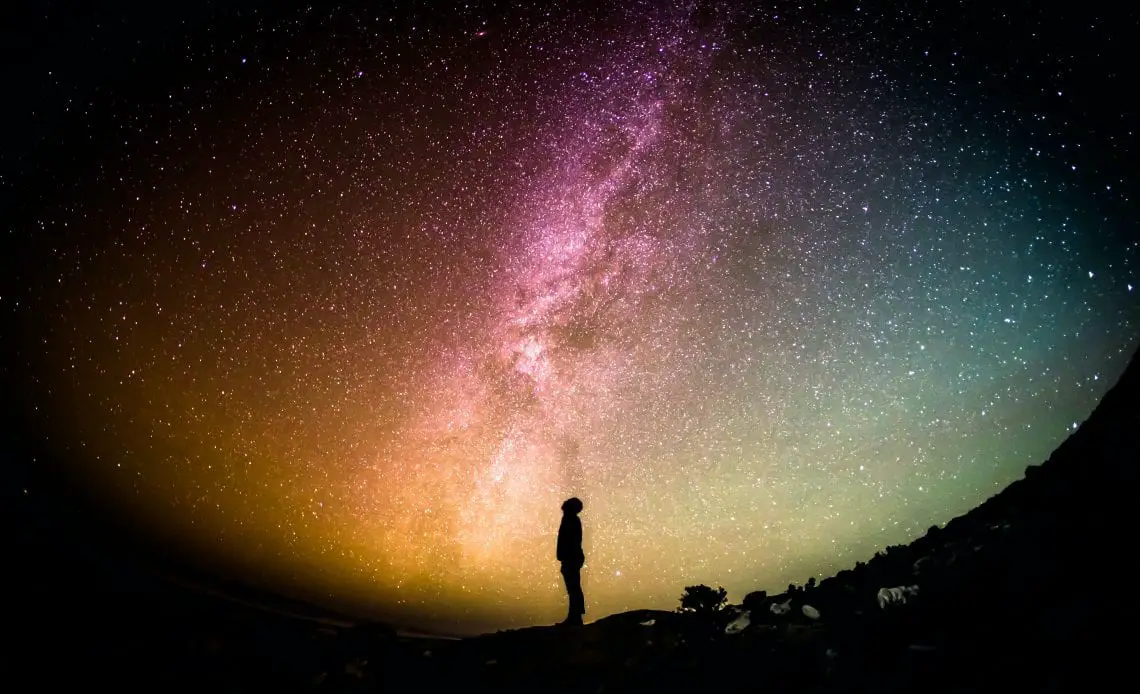
The prospect of a life after death evokes strong reactions from across the emotional spectrum. Some of us associate it with peace and others with peril. Yet others are not sure of the credibility of the idea and believe in the ‘lights off’ theory.
For many centuries, the study of the afterlife has progressed from not knowing to not acknowledging to openly researching it. That a different kind of life exists after death is now coming to be widely accepted. The idea of the presence of a soul powering the human form is centuries-old.
Here’s all you need to know about life after death from different thought schools.
The resurrection theory
The fact that Jesus Christ died at the cross for all our sins is undebated. His crucifixion restored the relationship of mankind with God. Christ’s resurrection after three days of His death is the blueprint of the plan God has for us all. That there is a life to be lived after death is almost certain from His resurrection. The life after resurrection is one of eternal bliss. The atonement for our sins comes after we pay the penalties for them. After that sacrifice, like Christ Himself, we can claim victory over our sins.

After death, people believe that they will be judged in the presence of God. Our actions on Earth are weighed against their consequences. Good actions gain us merits and bad actions invoke demerits. Some believe that they are also judged for the deeds that they have not done. Fulfilling your destiny is the primary goal of this life. Not having done so, will also invoke demerits on your judgement day.
The path to eternal bliss is lined with opportunities for our purgatory. The Roman Catholic Church subscribes to the notion that once a man is dead, he can atone for his sins before entering God’s kingdom. After their deaths, people are put through a cleansing fire to achieve their atonement. They are then accepted into Heaven. The time they spend in the purgatory is proportional to the number of sins they have committed. This is the reason the Roman Catholic Church preaches refraining from sins. The lesser time you spend in purgatory, the faster you can reach heaven.
Some others believe that on your judgement day you will either be sent to heaven or hell. Once you have committed sins, you will be sent to hell with no hopes of a return. This sentence is supposed to last for all of eternity. The idea behind this school of thought seems to be that we should not commit sins at any cost. The ideal human life should be lived to serve others and realize God’s plan for us.
Christian creeds teach that life after death is a natural occurrence. The Apostles creed says “I believe in the resurrection of the body and life everlasting.” It says that resurrection of our souls is imminent and it is the next innate step in the journey of life.
Some Christians believe that you enter bliss or perdition immediately after death. That you travel skywards and become surrounded by clouds. This belief finds its strength in the words of Jesus on the cross, “Today you will be with me in paradise” (Luke 23:43). In the early days, Baptised Christians believed that they would not die but would experience the incarnation of Christ. They trusted that they would enter the Kingdom of God in their physical forms.
With advancement in spiritual thought experiments, it is now established that our souls rise to greet God and stand judgement of our actions on earth.
The Karma theory
Other thought experiments have concluded that life after death is a peaceful experience of freedom. Death seems to be the release from the prison of the body. You experience a state of relief from earthly bonds. The soul may panic for the first few moments after death. This is because of the unfamiliar plane the soul is surrounded by. Those few moments lead to the great realization that now it is free and it can exist without the mortal form.
This theory observes that our existence is immortal. That death is a tool for self learning. Upon death, the soul ponders on its deeds and misdeeds in this world. The life lessons that it could not learn in its mortal journey are learned after death. This enables the soul to be a better person next time.
The rebirth
The hallmark of the karma theory is that all souls are reborn to correct its mistakes. A metaphor of waves crashing the shore is used to describe the soul’s karmic cycle. As the waves briefly touch the shore, the soul takes on a physical form. And as the wave recedes into the ocean, the soul sheds its mortal form after death to return to the state of bliss.
The foundation of this philosophy is that the spirit was never born and so it can never die. The spirit was present before time and will persevere until eternity. This birth less and deathless quality of the soul is the virtue of the immortal God. This serves as the proof that humans have been made out of a spark of God himself.
Death is the liberation from physical pain and emotional bondage. Upon death, unbounded freedom is given to saint and sinner alike. In the Lord’s astral world, everyone enjoys a degree of freedom that is unthinkable in the mortal plane.
This ideology urges us not to grieve for the dead because they are journeying to a place of peace and rest. The life after death is of unconditional strength. No fire can burn the spirit and no water can drown it. Souls in the astral plane are clothed in brilliant light. They are weightless and unencumbered. There is no war or disease or accidents in the afterlife. All spirits coexist peacefully and in ecstasy. Souls there survive on joy.

The learning
Life after death is experienced according to the soul’s mode of living while on earth. The souls with relatively greater mistakes take a longer time to gain insight into the principles of living. The souls with greater mastery over life take lesser time to learn the Truth. We are sent back to the physical plane to learn the ultimate lesson.
This cycle of progressively learning life’s greatest lesson over a period of successive births is the crux of the karma theory. Once a spirit has learned the fundamental lesson that we are all One, it is free to return to the Almighty. Such souls merge with the eternal and suffer no more physical embodiments.
The bonds
We share a deeper affinity with the people we know in the physical domain than we realize. Their spirits hold a certain similarity to their mortal state. So we can recognize them on the other side. We gravitate towards people we know and loved during the time we spend on earth.
The same applies to the energies of the people we do not get along with on earth. Spirits shun the company of the souls that do not vibe with them. Until the soul accepts all other Atman as a part of its own, the astral plane is a reflection of energies as they were on earth.
The clinical theory
Over the past few decades scientist and neurologists alike have delved further into the spirit phenomenon. They have intensively studied NDEs (Near Death Experiences) of thousands of people to decipher the life after death. Many atheists, believers, artists and technical professionals have experienced different NDEs and support the afterlife theories.
People claim to have seen a bright white but soft light at the end of a tunnel. They feel themselves floating towards it and being engulfed in a joyous state of being. Some have met their passed over relatives on the metaphorical other side. They recall vivid imagery and sounds after revival.
The strongest contender to be considered as proof, is the children below three years of age who remember their past lives. These memories were put to the test in some cases. It was found to be overwhelmingly true. Kids speak tongues that they would not have heard before. It is not uncommon for children to write letters in scripts they should not know. The famous such case is of a three-year-old American who found it difficult to write the English letter ‘R’. She kept writing it in reverse and pronounced it like the Russian letter written as a reverse R.
Clinical inference
Based on many such irrefutable sources, doctors have conducted research to determine what happens immediately after death. Renowned psychologist Dr. Parnia concluded that, “The evidence thus far suggests that in the first few minutes after death, consciousness is not annihilated.” This suggests that the human consciousness is not a function of the physical body.
Irrespective of the different philosophies that explain life after death, one thing is certain. All of them are constructed around the guideline that the human form should be used to do good to others. This life will continue for as long as we don’t realize that one true directive.
